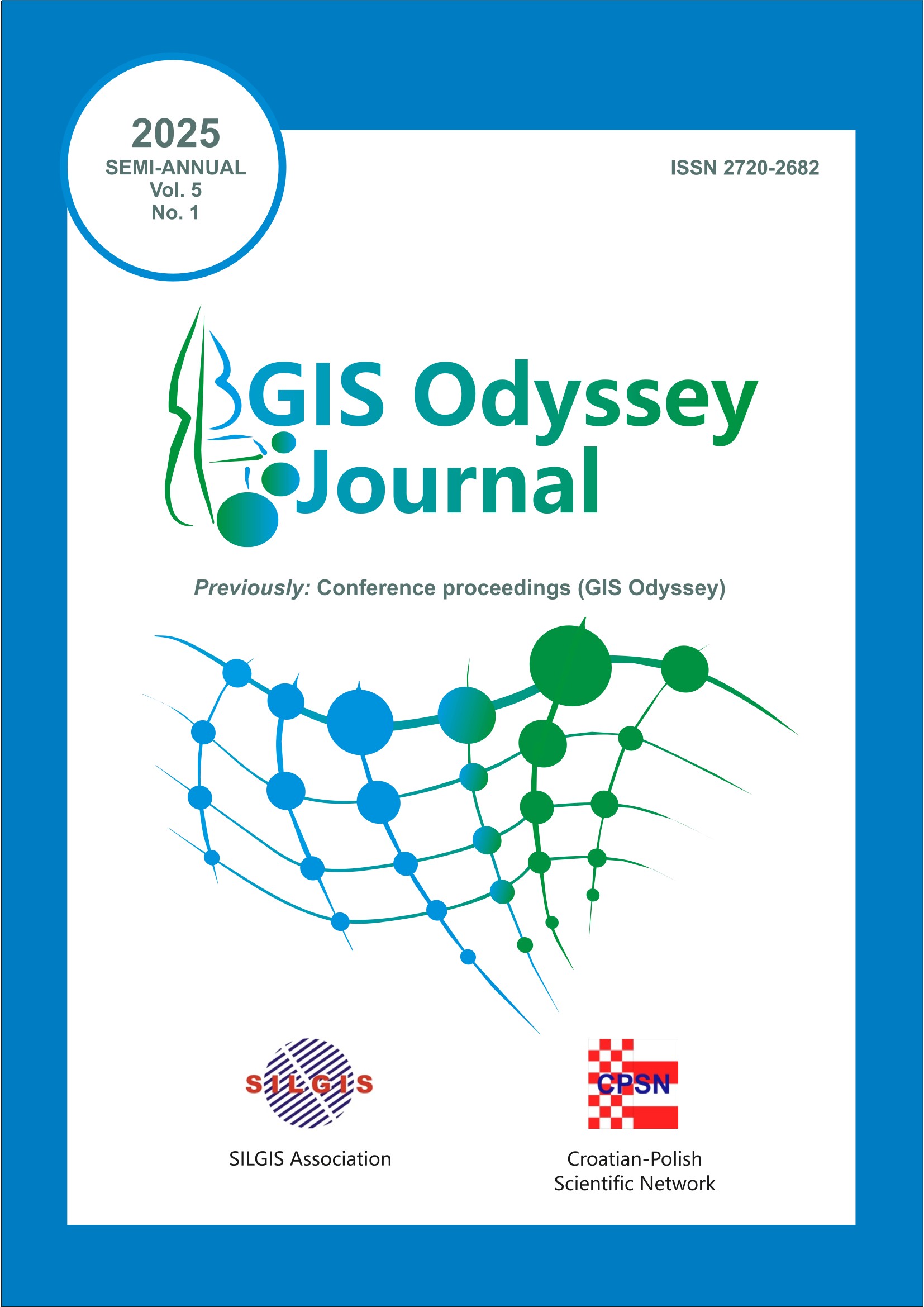FORECASTING PROTEIN FOOD PRODUCTION IN AFRICA: TRENDS, CHALLENGES, AND POLICY INTERVENTIONS FOR SUSTAINABLE FOOD SECURITY
DOI:
https://doi.org/10.57599/gisoj.2025.5.1.177Keywords:
Food Security, Protein Food Production, Fores-Based Forecasting, Sustainable Agriculture, AfricaAbstract
Food security remains a critical challenge in Africa, particularly as the demand for protein-rich foods rises. Despite possessing vast agricultural potential, the continent struggles with optimizing protein food production due to limited access to modern farming technologies, inadequate storage facilities, and inefficient distribution networks. This study models and forecasts protein food production in Africa from 1997 to 2030 using a forest-based forecasting approach. The analysis focuses on key protein sources, including milk, livestock, eggs, and beans, utilizing data from the Food Production Index. The study employs ArcGIS Pro 2.8.2 to assess production trends and spatial variations across African regions. Findings reveal significant trends, with milk production peaking in 2022, livestock production increasing in 2028, egg production reaching its highest level in 2027, and bean production recording its peak in 2030. The results highlight the need for policy interventions to enhance protein production, particularly in low-performing regions such as Western Sahara, Chad, and Burkina Faso. Recommendations include strategic investments in infrastructure, technological advancements, and policy frameworks to boost protein food security and support sustainable agricultural development in Africa.
Downloads
Published
How to Cite
Issue
Section
License
This is an open access publication, which can be used, distributed and reproduced in any medium according to the Creative Commons CC-BY 4.0 License.







